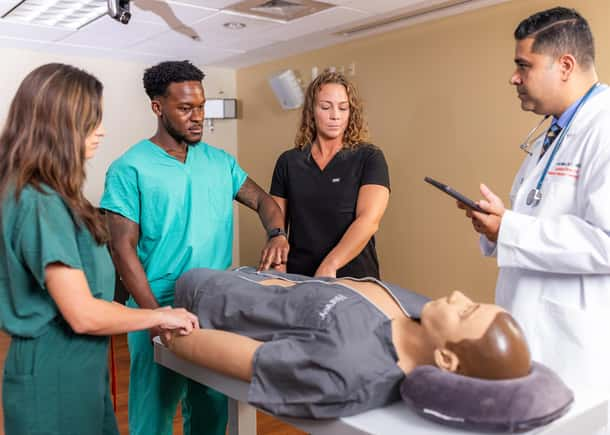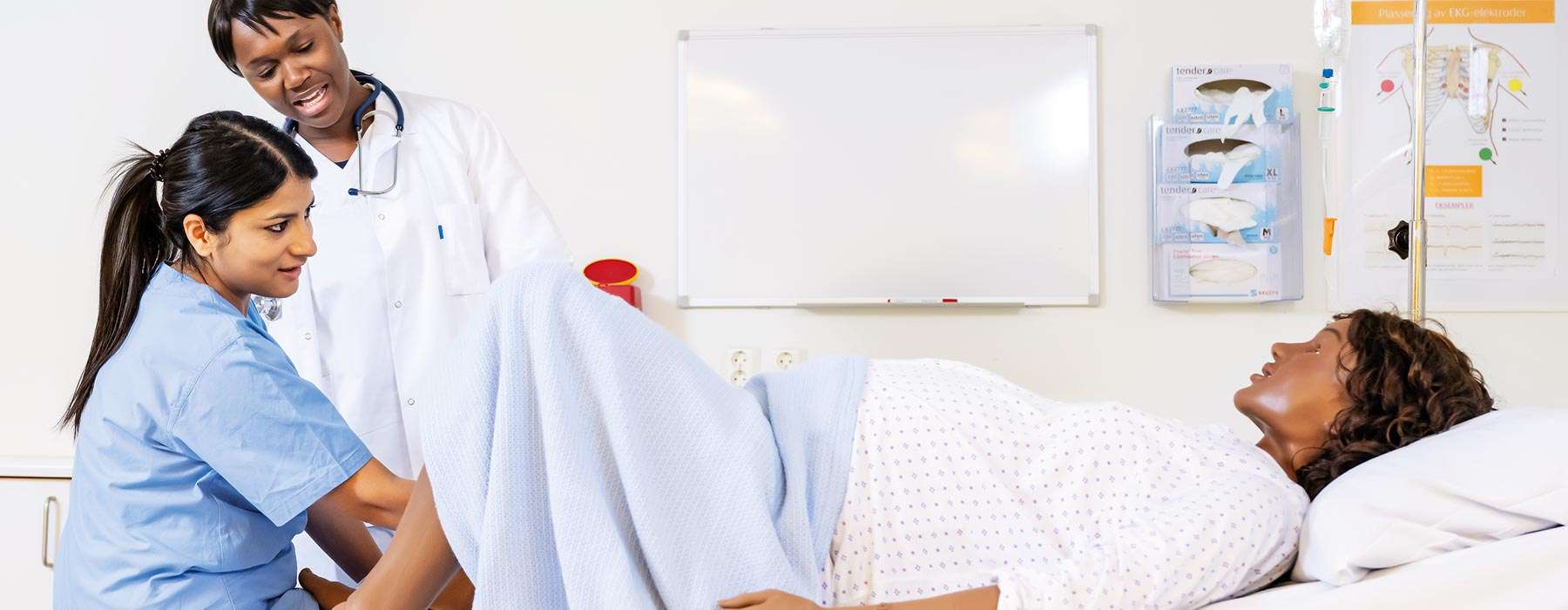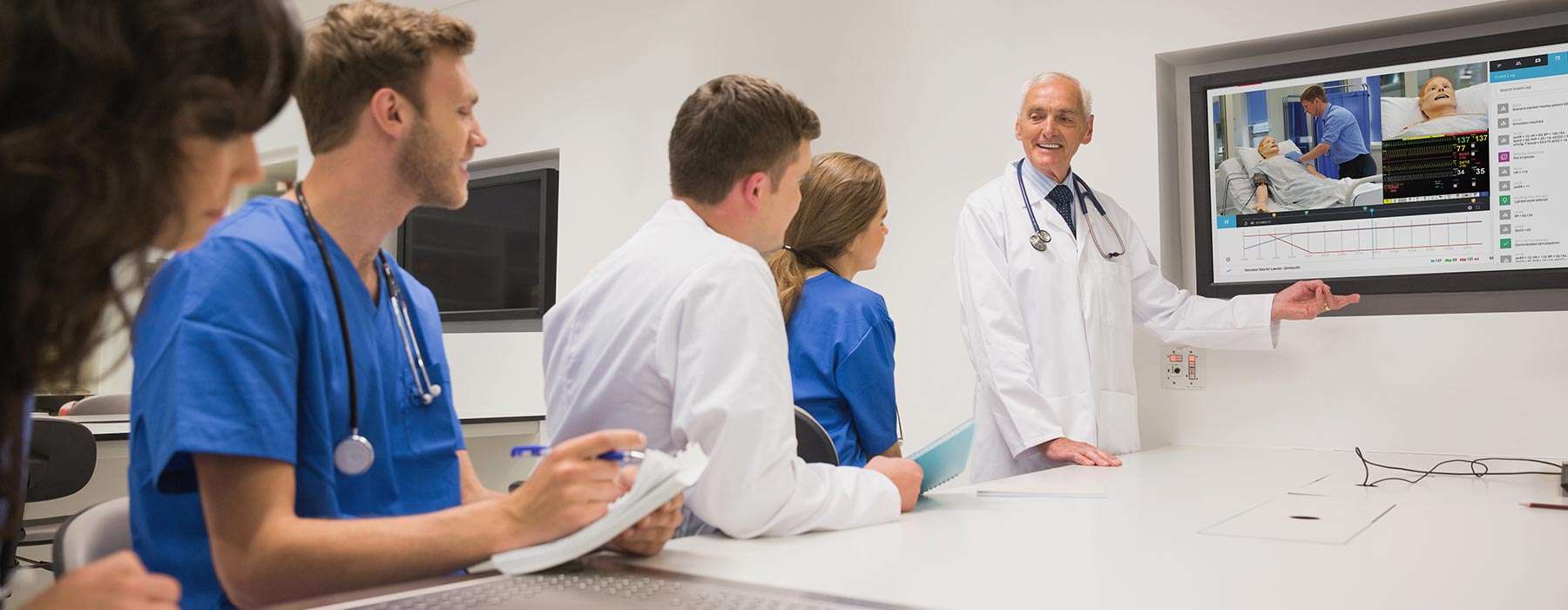5 Tips for Using Simulation in Competency-Based Medical Education


The integration of simulation into competency-based medical education (CBME) has emerged as a powerful approach to training future healthcare professionals. Simulation provides realistic, hands-on experiences that allow learners to practice and master essential skills in a safe, standardized, and risk-free environment.
In this article, we provide five practical tips for effectively incorporating simulation into your program’s CBME framework. From leveraging simulation data to fostering a growth mindset, these insights will help you create impactful learning and assessment experiences that move your learners towards competence.
One of the first steps in successfully implementing simulation in CBME is to ensure that the simulations are mapped to the specific competencies your organization is using, such as the competencies provided by the American Association of Medical Colleges (AAMC) and the Entrustable Professional Activities (EPAs).
Whether you’re just getting started with this process or are looking to incorporate more simulations into your program, getting everyone in the room together to collaborate is key.
"When we first converted over to competency-based education, all of our simulation educators reached out to our residency program leads to facilitate and have a discussion around what we could do for them," shares Curtis Nickel, MD, Med, FRCPC from the University of Ottawa/The Ottawa Hospital. "We discussed how we could integrate simulation and what key pieces of either assessment or teaching could be involved, and at what stages."
A simulator like SimMan® 3G PLUS, designed for complex medical cases, allows you to create realistic, high-fidelity scenarios that target essential competencies in emergency care. Pairing it with an expert-designed and validated simulation scenario can allow you to teach and assess multiple EPAs, from prioritizing a differential diagnosis following a clinical encounter to collaborating as a member of an interdisciplinary team.

The concept of a growth mindset among learners suggests that while they may not have mastered a skill yet, they have the potential to learn and improve over time. This mindset is critical, and has been described as "the essence of competency-based education."1
Curtis Nickel, MD, Med, FRCPC
University of Ottawa/The Ottawa Hospital

In simulation, learners can practice and make mistakes – a necessary part of the learning process in CBE.2 Simulation offers rich opportunities for learners to reflect on their actions – encouraging them to view mistakes as opportunities for growth rather than insurmountable obstacles.
To help embrace the concept of a growth mindset, many simulation educators are turning to the work of Carol S. Dweck, an influential researcher whose work on "The Power of Yet" has made a major impact on how we think about motivation in learners.
In her TED Talk, Carol talks about one high school that uses a different approach to grading: instead of giving students an "F" when they don't pass a test, the school gives them a grade of "Not Yet." This encourages a growth mindset that skills can improve over time – rather than a "fixed mindset," which suggests that skill levels are set in stone.

– Rosemary Samia, MSN, RN, CNS, CHSE, Director, Center for Clinical Education & Research
University of Massachusetts Boston

Effective assessment is a key piece of CBME. As an observable assessment method, simulation is an optimal way for learners to demonstrate what they can do with what they know. Your simulation activities will generate a tremendous amount of performance data. When well-organized, this data can show you insights and trends that can help you improve your program.
"You have to think about how you're gathering data on your students," points out one simulation director at a medical college of osteopathic medicine. "And then not just gathering data, but how it's actually going to be used for their success," he adds.
A simulation management system like the SimCapture platform can organize your data into actionable insights, helping you to:
"We don’t just record the scenario, grade it, and move on," explains one SimCapture Admin at a multi-campus college of osteopathic medicine. "We offer multiple exposures and utilize self-assessment, peer self-assessments, etc., so we can get multiple data points in the system to analyze. Our learners want individualized insights and personalized feedback. SimCapture can help provide that for students."

Debriefing has developed a reputation as the "heart and soul" of simulation because it's where most of the learning occurs. It is only through the debrief that learners can fully absorb the information, discuss what they’ve learned, and grow their competence to change their behavior in future situations.
The reflection that occurs during debriefing not only helps with learning, but it also helps you to understand learners' decisions. A learner could do something right for the wrong reasons – and it is only through their reflections that you can unpack their thinking. In some cases, they may do the wrong thing – but during reflection, you discover that their rationale was sound and just made an error somewhere in judgment. 3
Given the important role of debriefing, it’s worth considering how to take this one step further with video recording. The line of debriefing questions will uncover a retrospective look at the learners' performance. Giving these same learners an opportunity to review a video playback of themselves can help them with self-reflection. A simulation video recording platform can allow you to annotate videos so that specific moments can be easily accessed.
In CBME, the learners aren’t the only ones you should be looking to evaluate. Debriefing is such a critical step in simulation that it’s worth evaluating the quality of your team’s debriefings. The DASH® tool is a great way to do this. Read our article: Master Debriefing with the DASH Tool.

Following evidence-based best practices in simulation is key to helping you maximize the full potential of using simulation for building competence and assessing it effectively.
If there were one survival guide you need for simulation, the International Nursing Association for Clinical Simulation and Learning’s (INACSL’s) Healthcare Simulation Standards of Best Practice® is likely your best resource. The Standards are considered to be the industry go-to source: practical, tried, and tested.
*INACSL has designated these standards as the “Core Four,” and endorses organizations that excel in these areas.
If you are exploring the Standards and begin to feel overwhelmed, it may reassure you to know that they are intended to serve as a guide. INACSL recognizes and understands that the Standards are aspirational - and that context, resources, accreditation needs, and other factors may affect implementation and attainment.